By Destin Smith
Do you remember when you were little and your parents gave you a brand new picture book. After flipping through the pages you decided to take a blunt crayola crayon and add to the pictures in the story. Unfortunately, your parents probably didn't appreciate your artwork as much as you did. Today we add markings to text all of the time. It's called annotation.
Annotation is not just for English class, it is a very important part of music studies as well. You may feel like writing in your music can be destructive, but in actuality, it can be very beneficial to music literacy and practice. I often relate writing notes in your music to an "app" on a smart device. When you write notes in your music, it creates a shortcut in your brain to connect specific information quickly and efficiently. When you click on the "Instagram" app or "Facebook" app on your device, it directs you immediately to the web page you desire. Technically, you could also open up a web browser like Safari or Google chrome, type in the web address, load the page, login in and finally get on your account. Both end in the same result, but one is more efficient.
The great thing about writing in your music is their is no set way of doing it. You can choose whatever symbols, picture or signs you want or circle, highlight or underline any important aspect of your music. It's important to concentrate on parts of the music you are having trouble with. For example, if you are struggling with remembering to add the appropriate dynamics to a piece of music you are working on, you can circle the dynamic signs to help them stick out when you are readings through the music.
Their are so many things to remember when you are reading through a piece of music that it is important to create shortcuts and triggers for your brain to latch on to. This will result in a better and more efficient practice. There is an old saying that goes "Work smarter, not harder." So go ahead, take out that pencil and mark up that music!

